Castan’s Panopticon was Berlin’s first waxwork museum. Opening in 1869, it welcomed visitors long before Madame Tussaud arrived in the city in 2008. Digitised documents on Europeana help piece together the weird, wonderful and – to our modern sentiments – sometimes disturbing exhibits that Castan’s Panopticon displayed during its lifetime…
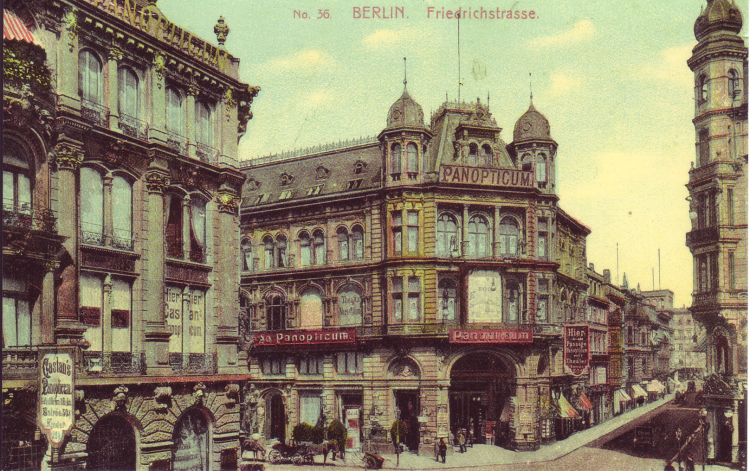
The Panopticon was the creation of brothers Louis and Gustav Castan, and proved hugely popular when it first opened on Schloßplatz in the heart of Berlin. An early poster for the Panopticon tells us that some of its first waxwork figures included Napoleon III’s mistress Marguerite Bellanger, a penitent Mary Magdalene, and Oliver Cromwell. In 1873 the brothers moved their expanding collection to the newly built Kaiser Passage on Friedrichstraße, before moving again, in 1888, into the Pschorr Brewery building next door.1
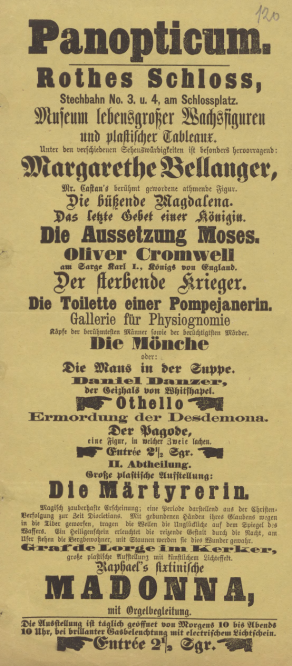
By the end of the nineteenth century the Panopticon’s collection of waxwork figures and exhibits had expanded to over 500 items. Taken as a whole, the collection broadly reflected the interests and preoccupations of German society at the time. In the Kaiser-Saal stood a cast of Hohenzollern kings – Prussia’s royal family – while in the Bismarck room were figures of some of Prussia’s most prominent politicians and military figures, including prime minister Bismarck himself, and Graf von Moltke, who served as chief of staff of the Prussian Army from 1871 to 1888.
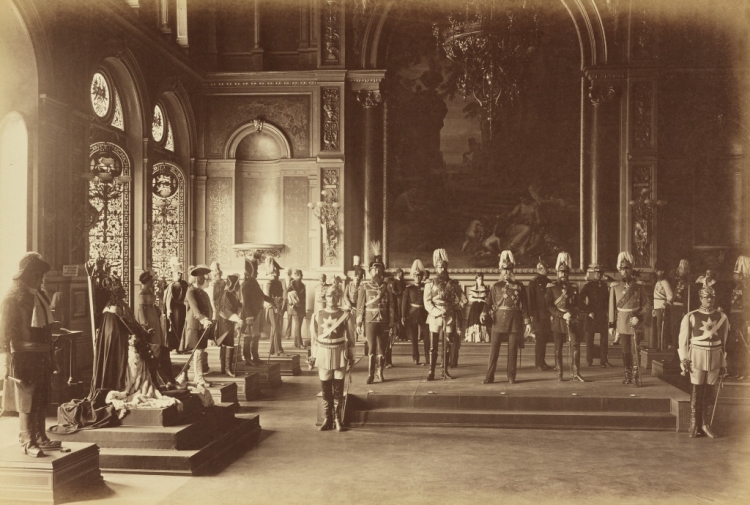
Berlinische Galerie Berlin, via Europeana, Public Domain.
Other important figures from German history that were depicted in wax included the poets Goethe and Schiller, philosopher Immanuel Kant, naturalist Alexander von Humboldt, and composer Richard Wagner. Foreign leaders past and present were also represented, and included a number of popes, Austrian emperor Franz Josef, Ottoman Sultan Abdul Hamid II, and the first president of the United States of America, George Washington.
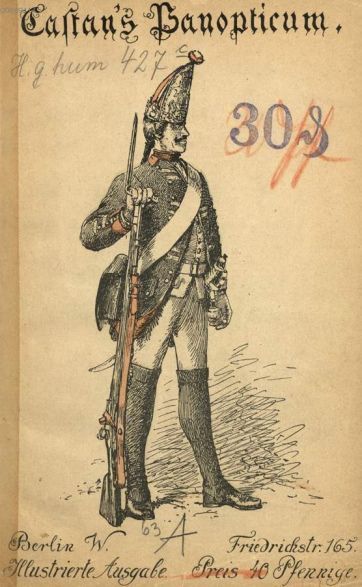
Other exhibits in Castan’s Panopticon included a maze or mirrors, a display of death masks, anatomical oddities, and a chamber of horrors that included scenes and instruments of torture. The Castan brothers also offered live people as exhibits (Völkerschau), usually either freak shows or displays of non-European people, brought to Berlin under the auspices of ethnographic research.2 For example, in 1906 the Panopticon hosted an exhibit depicting an Abyssinian mountain village, populated with sixty-five people. Exhibits such as this were made possible by Louis Castan’s close friendship with the Berlin anthropologist Rudolf Virchow.
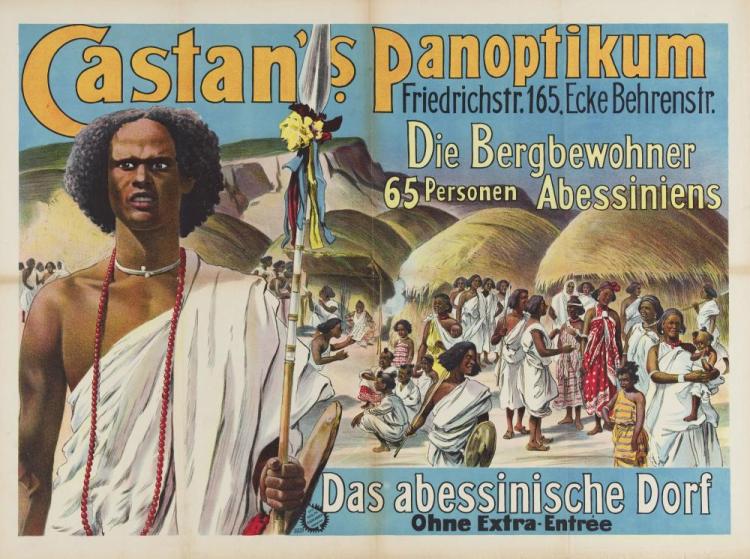
By the early decades of the twentieth century the popularity of waxwork museums was beginning to wane, in part due to the growing popularity of cinema shows and a burgeoning illustrated press. In 1922 Castan’s Panopticon closed its doors for the last time, its demise likely also the result of Germany’s rapidly deteriorating post-war economic situation.
Notes and further reading
- Peter Letkemann, “Das Berliner Panoptikum: Namen, Häuser, und Schicksale”, in Mitteilungen des Vereins für die Geschichte Berlins 69 (1973), 319-326. <https://www.zlb.de/fileadmin/user_upload/berlin_portal/MVGB/MVGB_1971-1974.pdf> [accessed 1 November 2017]
- Andrew Zimmerman, Anthropology and Anti-humanism in Imperial Germany (Chicago: University of Chicago Press, 2010), 18.
One thought on “Castan’s Panopticon, Berlin”
Comments are closed